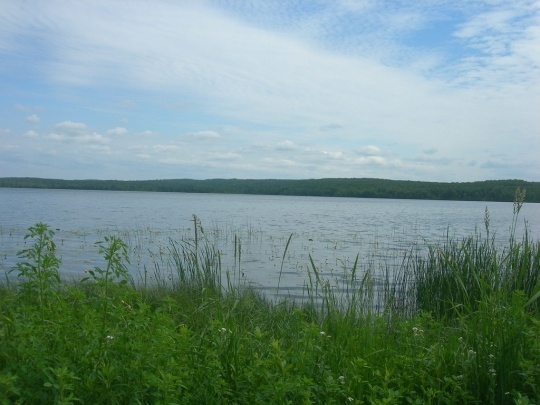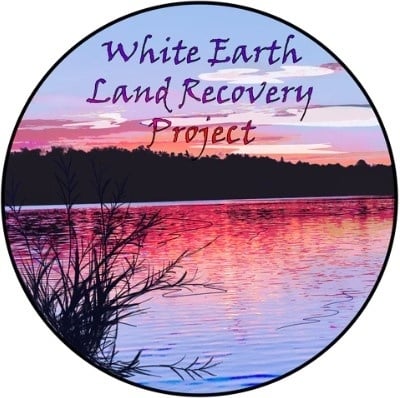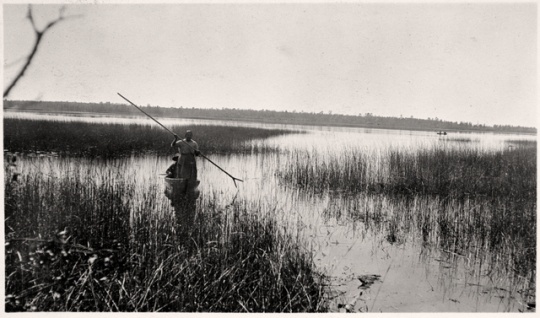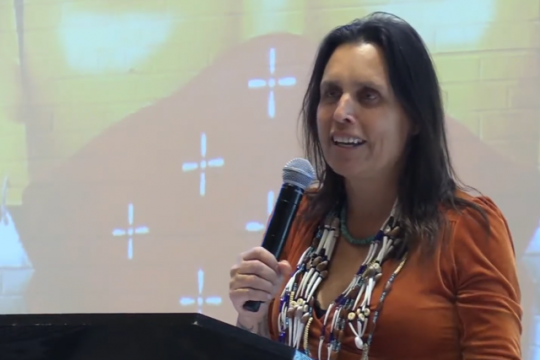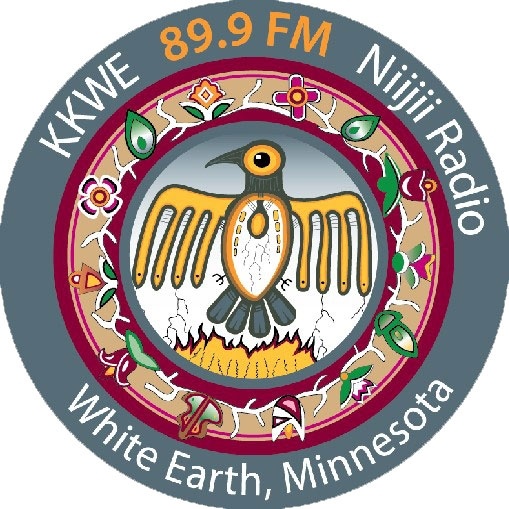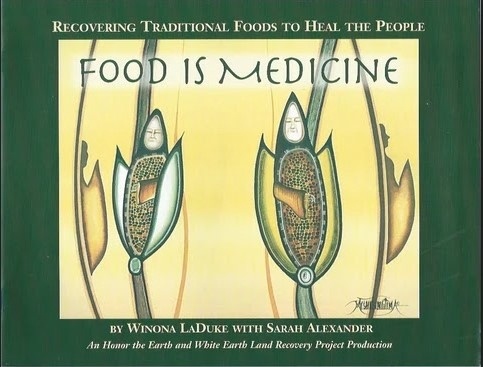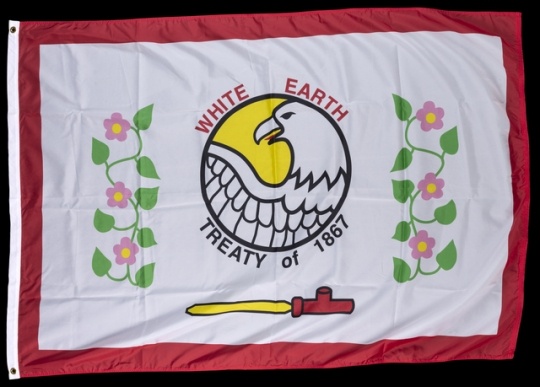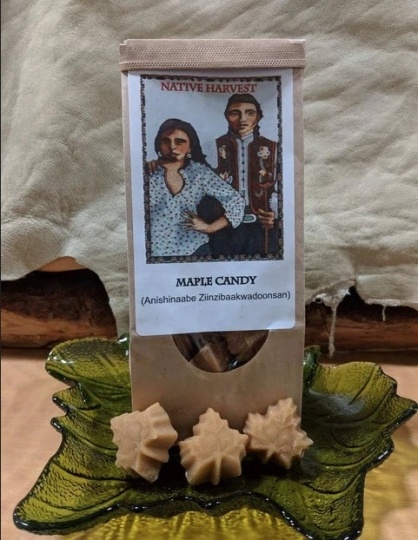White Earth Land Recovery Project
Lake in the White Earth Reservation of Ojibwe near Highway 200. Photograph by Jimmy Emerson, June 22, 2013. CC BY-NC-ND 2.0
Bibliography
“Alternative Energy.” White Earth Land Recovery Project, August 20, 2007.
https://welrp.wordpress.com/2007/08/20/alternative-energy/#more-40
Axelson, Gustave. “Native Harvest: Ojibwe Wild Rice Gathering in Minnesota.” Midwest Living, August 14, 2012.
Erdrich, Louise, and Michael Dorris. “Who Owns the Land?” New York Times magazine, September 4, 1988.
Hoover, Elizabeth M. “White Earth Land Recovery Project, Minnesota.” From Garden Warriors to Good Seeds, January 1, 2015.
https://gardenwarriorsgoodseeds.com/2015/01/01/white-earth-land-recovery-project-minnesota
LaDuke, Winona. All Our Relations: Native Struggles for Land and Life. Cambridge, MA: South End Press, 1999.
Native Harvest. About Us.
https://nativeharvest.com/pages/about-us
“Niijii Broadcasting Corp. Hopes to Launch.” Anishinaabeg Today, August 13, 2008.
Niijii Radio. About Us.
http://www.niijiiradio.com/about-us
Quam, Paula. “Wind Energy Blows Into White Earth.” Red Lake Nation News, January 13, 2014.
Robertson, Tom. “White Earth Members Seek Ban On Genetically Modified Wild Rice.” Minnesota Public Radio, March 8, 2005.
http://news.minnesota.publicradio.org/features/2005/03/08_robertsont_wildrice
Rosen, Marjorie. “Friend of the Earth.” TIME 42, no. 2 (November 28, 1994): 165.
https://people.com/archive/friend-of-the-earth-vol-42-no-22
Tlumak, Jennifer. “Native Communities Must Take a Stand to Protect Wild Rice.” Anishinaabeg Today, May 4, 2005.
“Traditional Agriculture Restoration.” White Earth Land Recovery Project, August 8, 2007. https://welrp.wordpress.com/2007/08/08/traditional-agriculture-restoration
Treuer, Anton. Everything You Wanted to Know About Indians But Were Afraid to Ask. St. Paul: Minnesota Historical Society, 2012. [See especially the entries on clouded title, 92–94.]
Walker, Rachel Kurkee, and Jill Doerfler. “Wild Rice: The Minnesota Legislature, a Distinctive Crop, GMOs, and Ojibwe Perspectives.” University of Minnesota Digital Conservancy, 2009.
https://hdl.handle.net/11299/189319
WELRP: White Earth Land Recovery Project.
https://www.welrp.org
White Earth Land Settlement Act.
https://whiteearth.com/assets/files/welsa/whiteearthlandsettlementact.pdf
Wilcox, Lauren. “Going with the Grain.” Smithsonian, September 1, 2007.
Chronology
1978
1986
1989
1993
1994
1995
1999
2002
2005
2007
2011
2013
2014
2015
2020
Bibliography
“Alternative Energy.” White Earth Land Recovery Project, August 20, 2007.
https://welrp.wordpress.com/2007/08/20/alternative-energy/#more-40
Axelson, Gustave. “Native Harvest: Ojibwe Wild Rice Gathering in Minnesota.” Midwest Living, August 14, 2012.
Erdrich, Louise, and Michael Dorris. “Who Owns the Land?” New York Times magazine, September 4, 1988.
Hoover, Elizabeth M. “White Earth Land Recovery Project, Minnesota.” From Garden Warriors to Good Seeds, January 1, 2015.
https://gardenwarriorsgoodseeds.com/2015/01/01/white-earth-land-recovery-project-minnesota
LaDuke, Winona. All Our Relations: Native Struggles for Land and Life. Cambridge, MA: South End Press, 1999.
Native Harvest. About Us.
https://nativeharvest.com/pages/about-us
“Niijii Broadcasting Corp. Hopes to Launch.” Anishinaabeg Today, August 13, 2008.
Niijii Radio. About Us.
http://www.niijiiradio.com/about-us
Quam, Paula. “Wind Energy Blows Into White Earth.” Red Lake Nation News, January 13, 2014.
Robertson, Tom. “White Earth Members Seek Ban On Genetically Modified Wild Rice.” Minnesota Public Radio, March 8, 2005.
http://news.minnesota.publicradio.org/features/2005/03/08_robertsont_wildrice
Rosen, Marjorie. “Friend of the Earth.” TIME 42, no. 2 (November 28, 1994): 165.
https://people.com/archive/friend-of-the-earth-vol-42-no-22
Tlumak, Jennifer. “Native Communities Must Take a Stand to Protect Wild Rice.” Anishinaabeg Today, May 4, 2005.
“Traditional Agriculture Restoration.” White Earth Land Recovery Project, August 8, 2007. https://welrp.wordpress.com/2007/08/08/traditional-agriculture-restoration
Treuer, Anton. Everything You Wanted to Know About Indians But Were Afraid to Ask. St. Paul: Minnesota Historical Society, 2012. [See especially the entries on clouded title, 92–94.]
Walker, Rachel Kurkee, and Jill Doerfler. “Wild Rice: The Minnesota Legislature, a Distinctive Crop, GMOs, and Ojibwe Perspectives.” University of Minnesota Digital Conservancy, 2009.
https://hdl.handle.net/11299/189319
WELRP: White Earth Land Recovery Project.
https://www.welrp.org
White Earth Land Settlement Act.
https://whiteearth.com/assets/files/welsa/whiteearthlandsettlementact.pdf
Wilcox, Lauren. “Going with the Grain.” Smithsonian, September 1, 2007.











